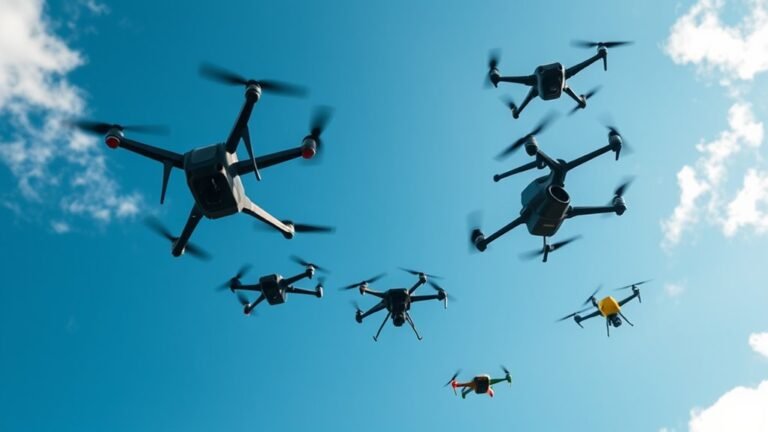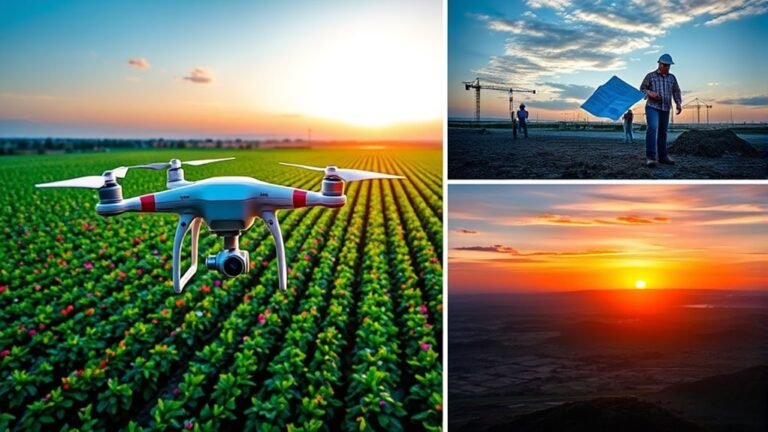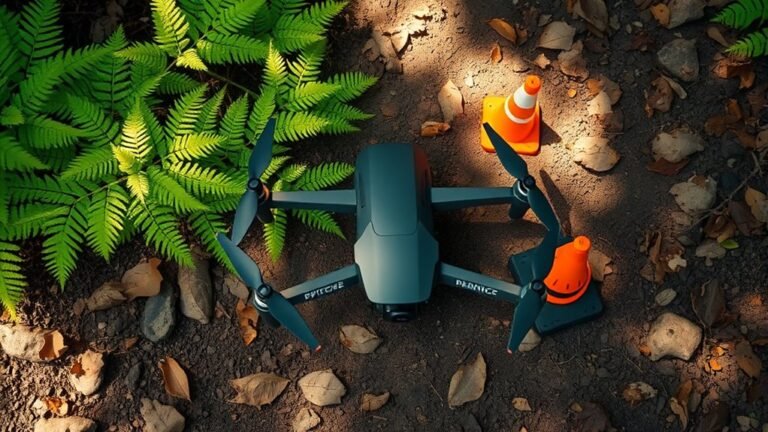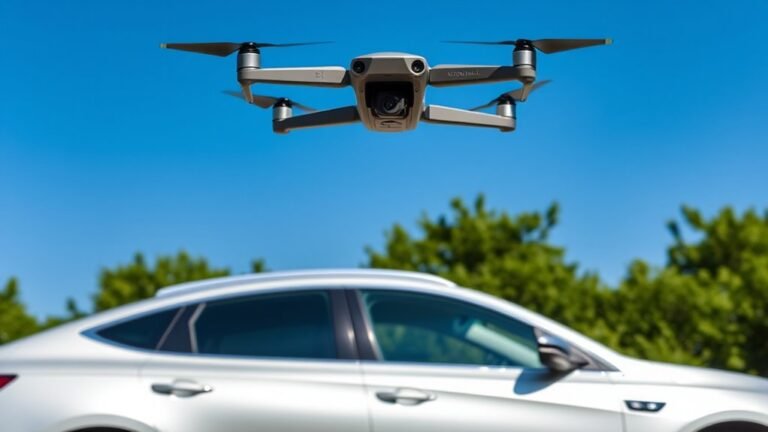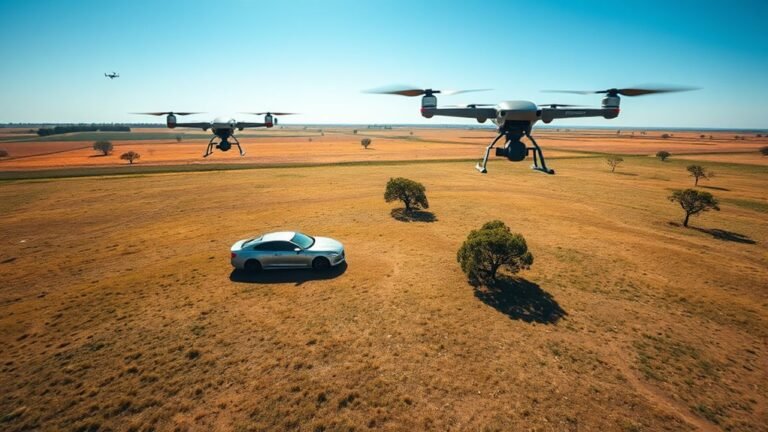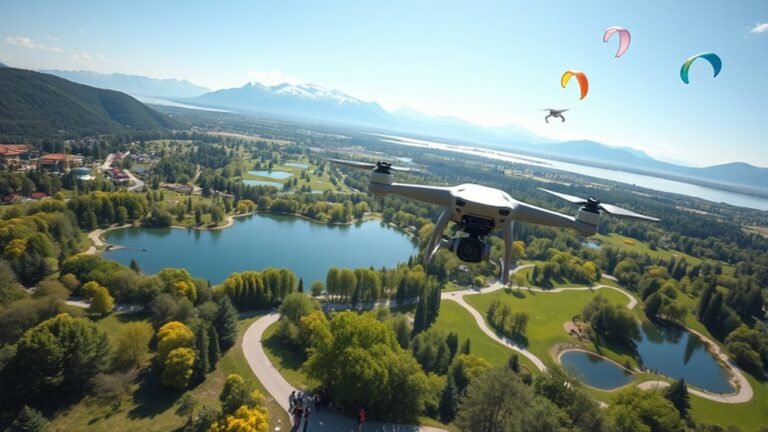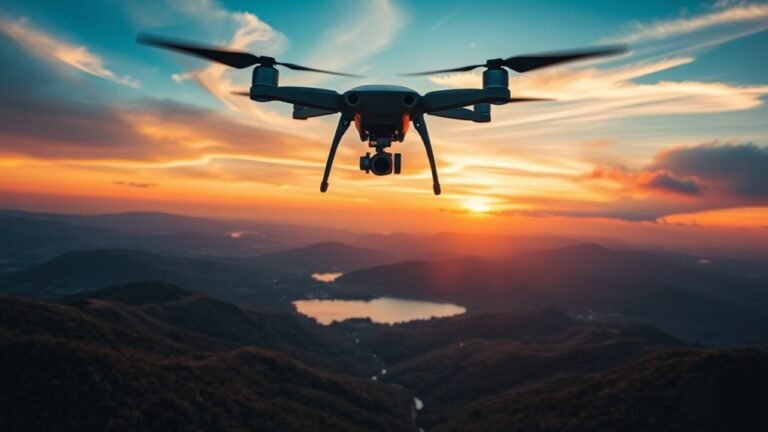
Drones and Their Capabilities to Take Pictures in Photography
Drones have transformed photography by offering high-resolution aerial imagery and unique perspectives. With advancements like GPS, stabilization systems, and automated flight paths, they provide precise, professional-grade shots. Their compact size and intelligent features, such as collision avoidance and dynamic shooting…


